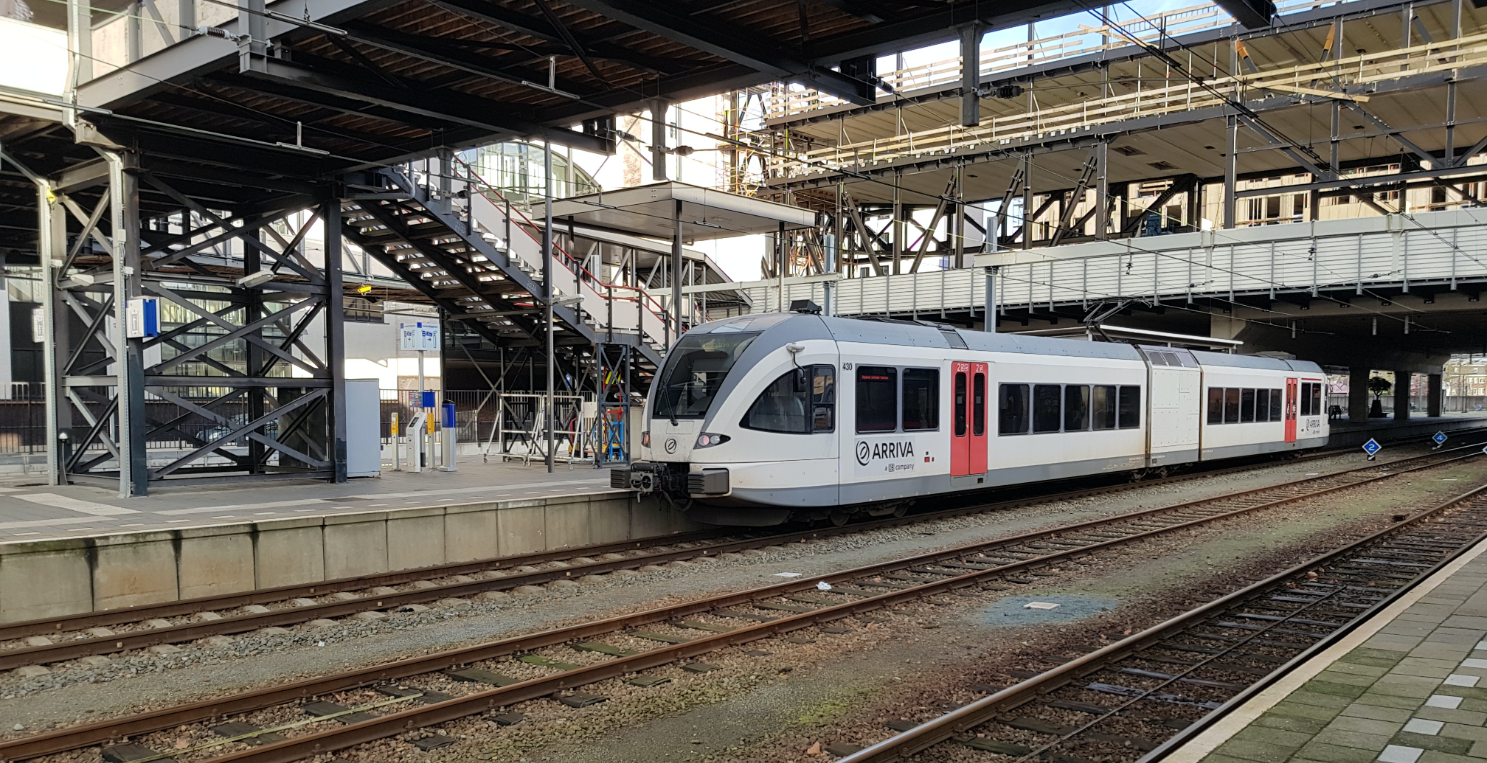Remote sensing device for exhaust emissions
NEMO will develop a new remote sensing device, using cutting-edge laser technology to measure all major pollutants in combustion vehicles, with an exceptional level of accuracy not seen in existing devices. Current remote sensing devices will not be able to measure the emissions from the cleaner vehicles expected to arrive in the coming years (post-Euro 6) with sufficient precision. NEMO will provide the required technological leap to measure emissions with greater sensitivity.

The remote sensing device will use quantum cascade lasers for the sensitive, accurate and autonomous surveillance of exhaust emissions from circulating vehicles. It will be able to measure the CO, CO2, NO, NO2, HC and PM in the exhaust plume of each individual vehicle, plus the speed and acceleration of the vehicle and the ambient conditions, such as temperature, humidity and barometric pressure. Measuring PM with lasers is challenging. It’s possible that the quantum cascade laser is not the best solution, so the remote sensing device for exhaust emissions could include a UV laser for PM.


Stakeholders in housing sector (such as businesses and dwellers) have little knowledge about the potential benefits of circular economy and tend to be reluctant to adopt new circular business models. In HOUSEFUL, a new methodology will be created to calculate the Circularity Level of a residential building to create awareness in the housing value chain about negative impacts caused by the use of traditional linear business models. This solution will be offered to stakeholders as a web-based tool for the evaluation of European buildings’ circularity.
Lorem ipsum dolor
Solution 1 is focused on the development of an innovative methodology for the quantification of building circularity considering current management and use of water, waste, energy and material resources in all stages of housing value chain.
Stakeholders in housing sector (such as businesses and dwellers) have little knowledge about the potential benefits of circular economy and tend to be reluctant to adopt new circular business models. In HOUSEFUL, a new methodology will be created to calculate the Circularity Level of a residential building to create awareness in the housing value chain about negative impacts caused by the use of traditional linear business models. This solution will be offered to stakeholders as a web-based tool for the evaluation of European buildings’ circularity.
- Solution 1 is focused on the development of an innovative methodology for the quantification of building circularity considering current management and use of water, waste, energy and material resources in all stages of housing value chain.
- Stakeholders in housing sector (such as businesses and dwellers) have little knowledge about the potential benefits of circular economy and tend to be reluctant to adopt new circular business models.
Solution 1 is focused on the development of an innovative methodology for the quantification of building circularity considering current management and use of water, waste, energy and material resources in all stages of housing value chain.

Stakeholders in housing sector (such as businesses and dwellers) have little knowledge about the potential benefits of circular economy and tend to be reluctant to adopt new circular business models. In HOUSEFUL, a Solution 1 is focused on the development of an innovative
Stakeholders in housing sector (such as businesses and dwellers) have little knowledge about the potential benefits of circular economy and tend to be reluctant to adopt new circular business models.
Demos
This solution in action
At vero eos et accusam et justo duo dolores et ea rebum. Stet clita kasd gubergren, no sea takimata sanctus est Lorem ipsum dolor sit amet.
News name
Lorem ipsum dolor sit amet
News name
Lorem ipsum dolor sit amet
News name
Lorem ipsum dolor sit amet
All our solutions
Lorem ipsum dolor
At vero eos et accusam et justo duo dolores et ea rebum. Stet clita kasd gubergren, no sea takimata sanctus est Lorem ipsum dolor sit amet.
Solution name
Lorem ipsum dolor sit amet
Solution name